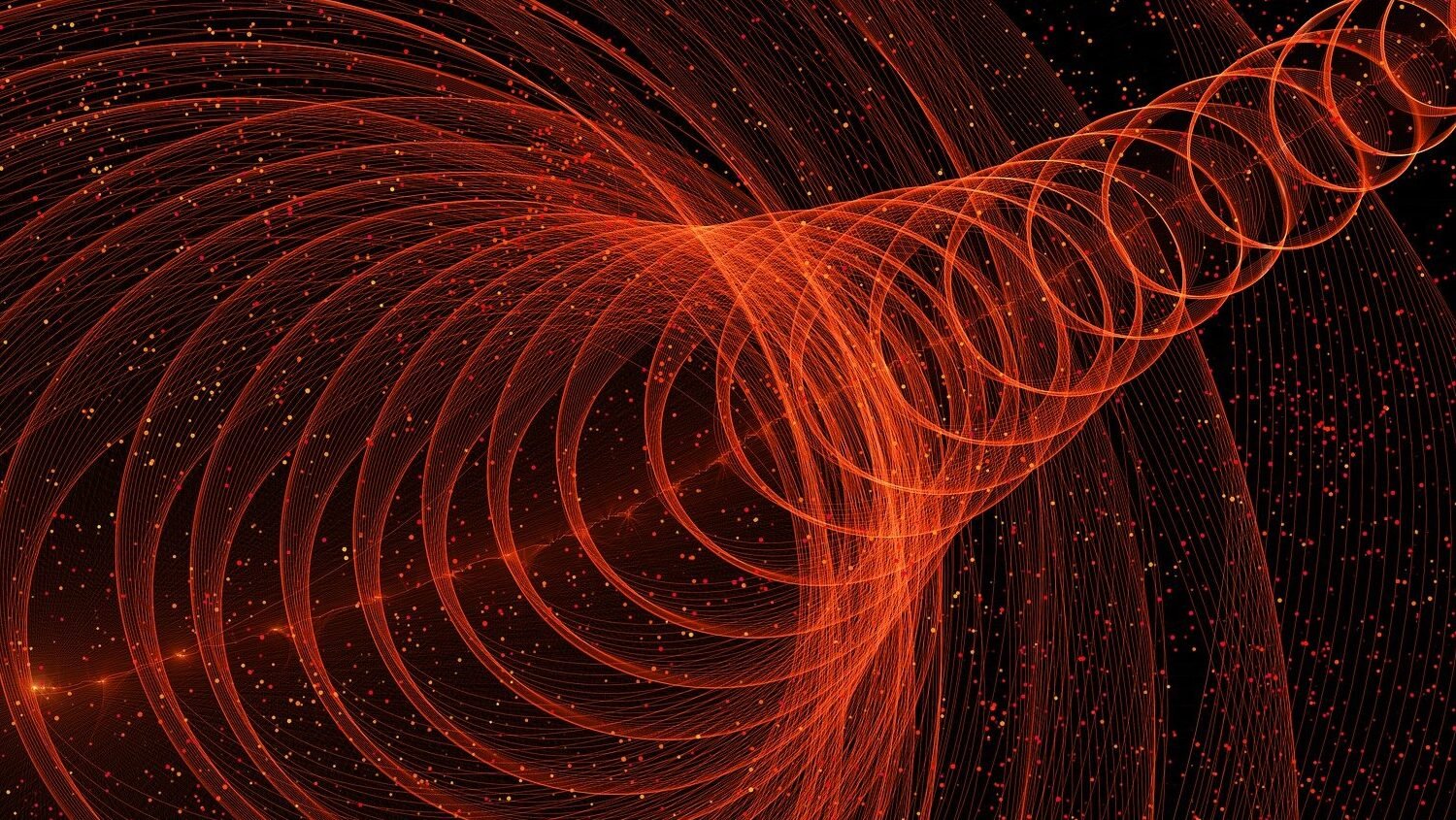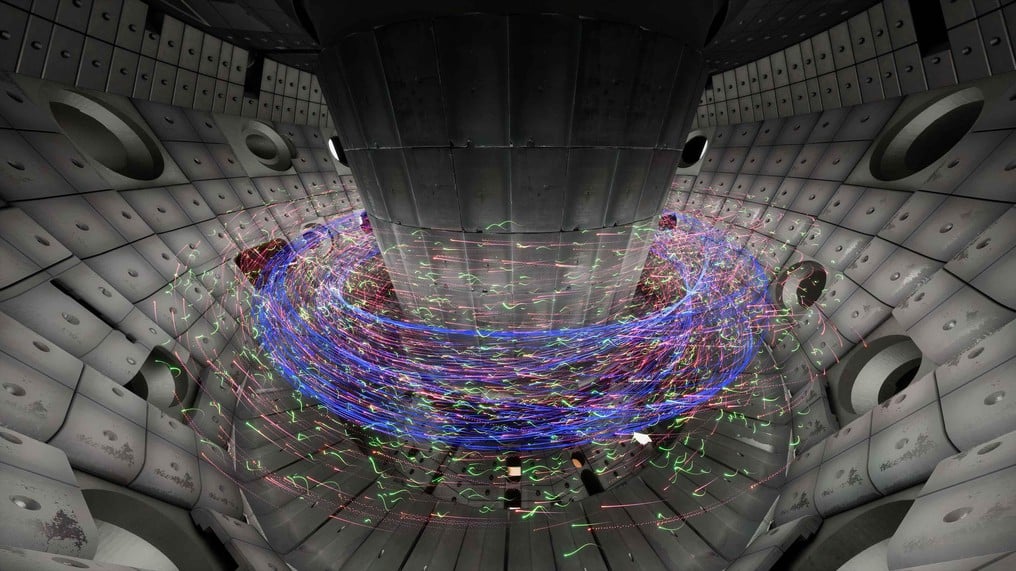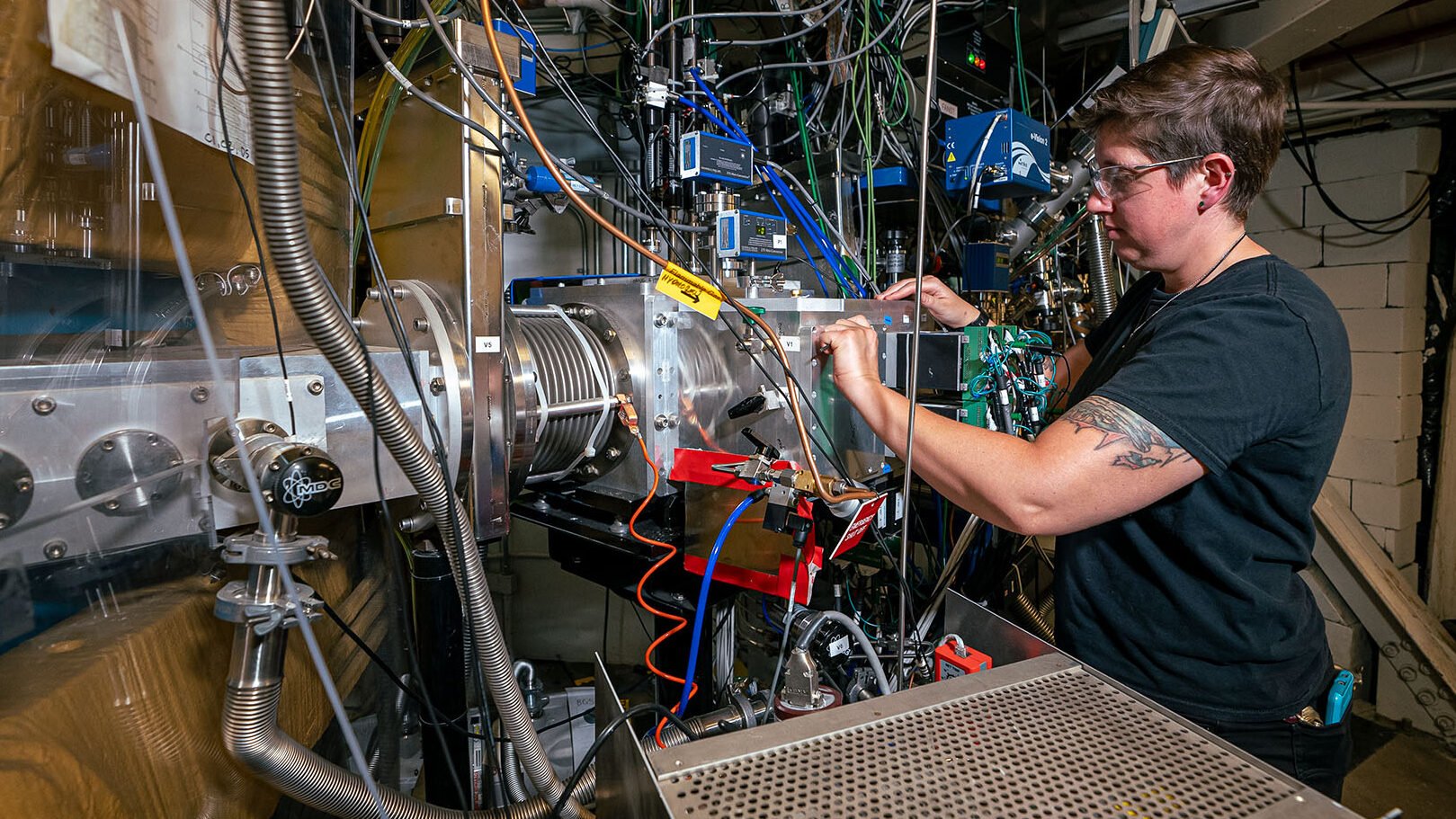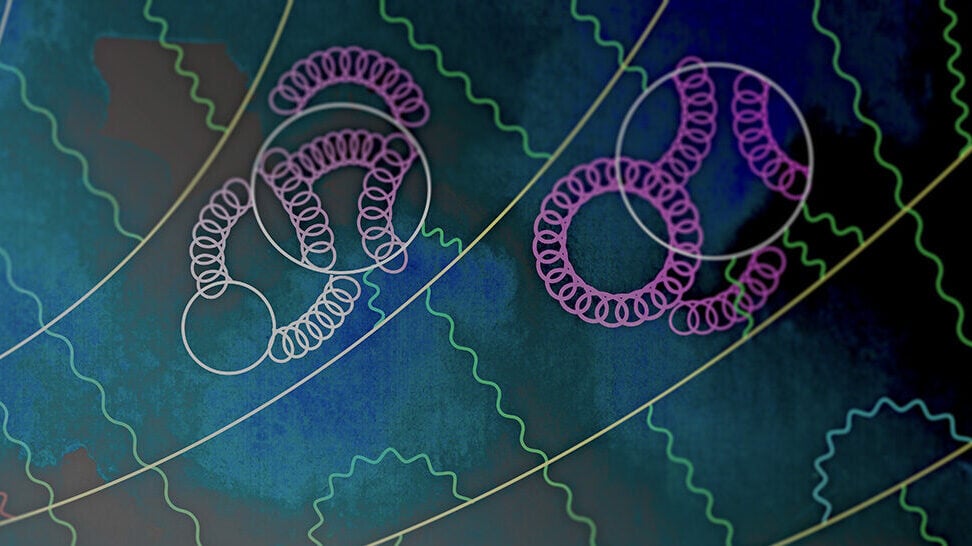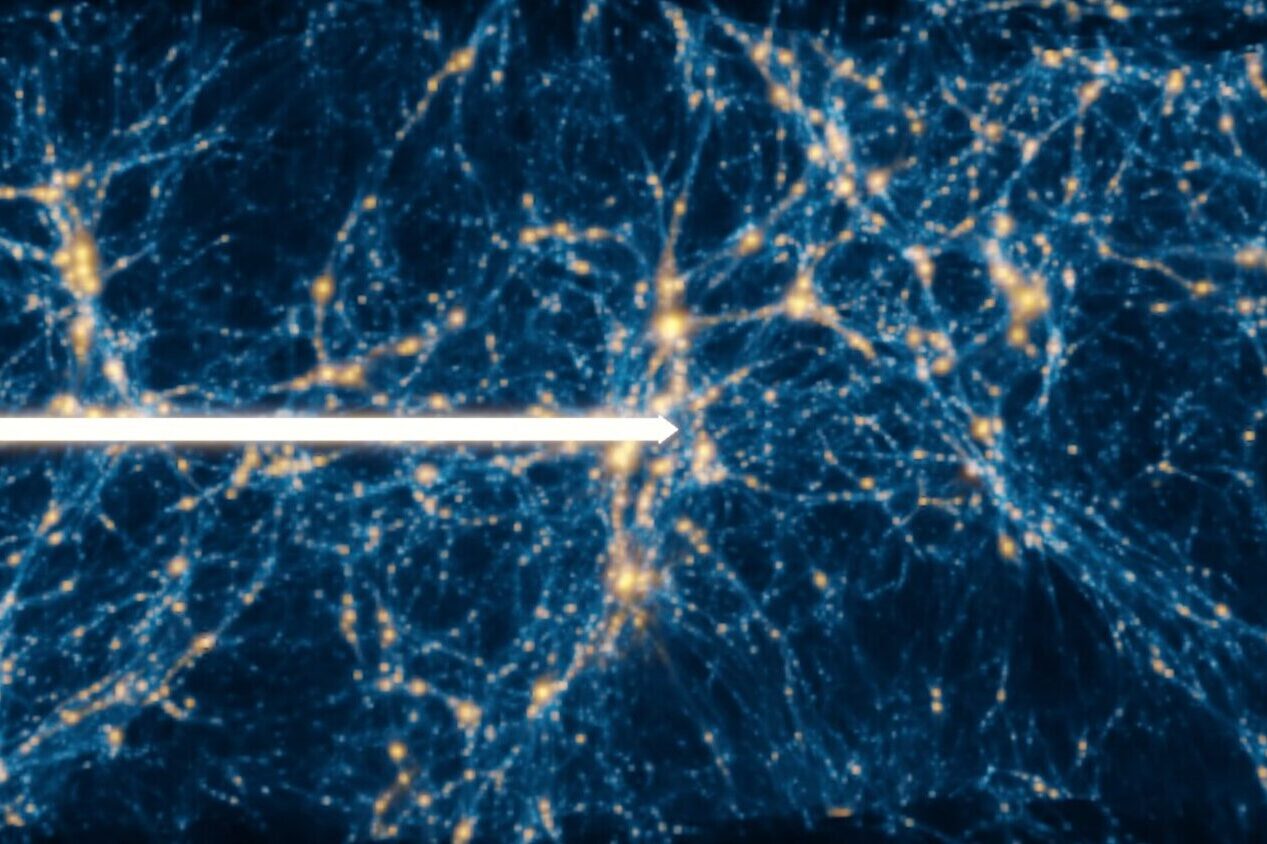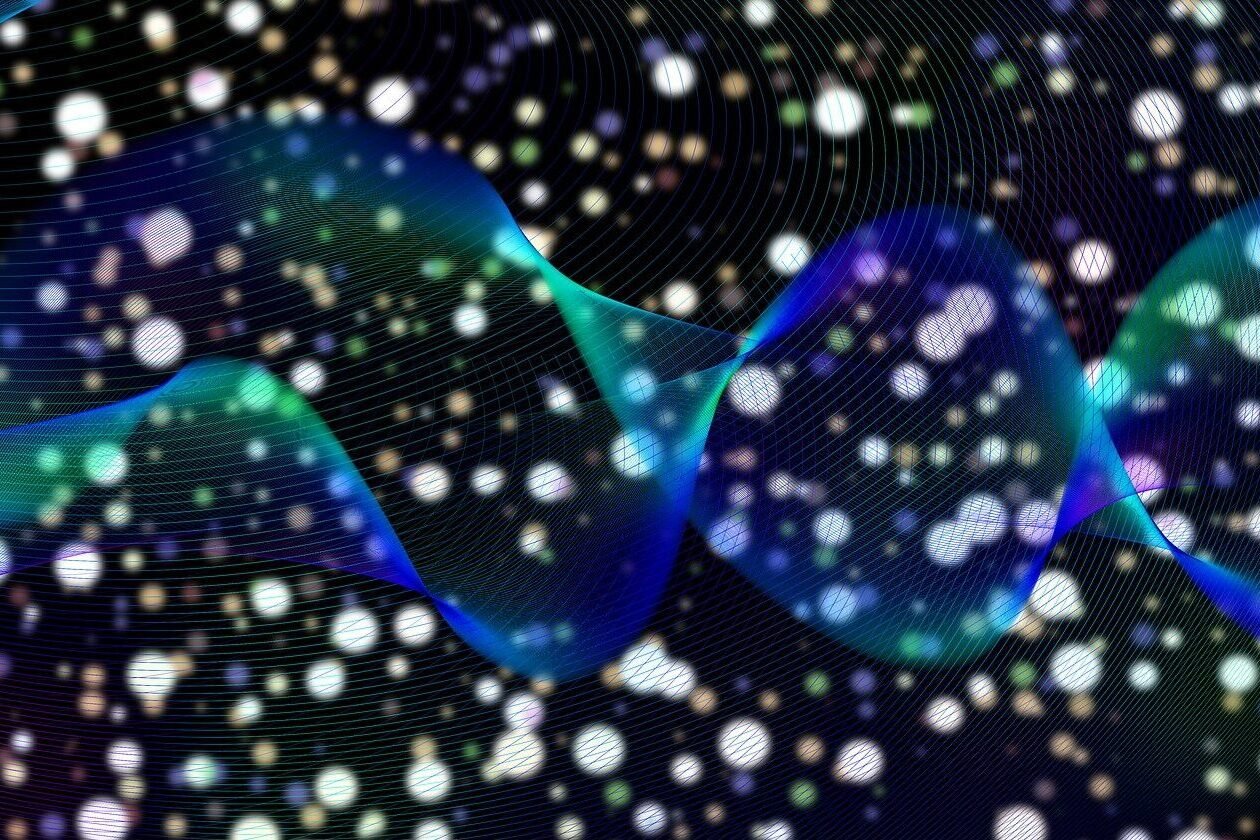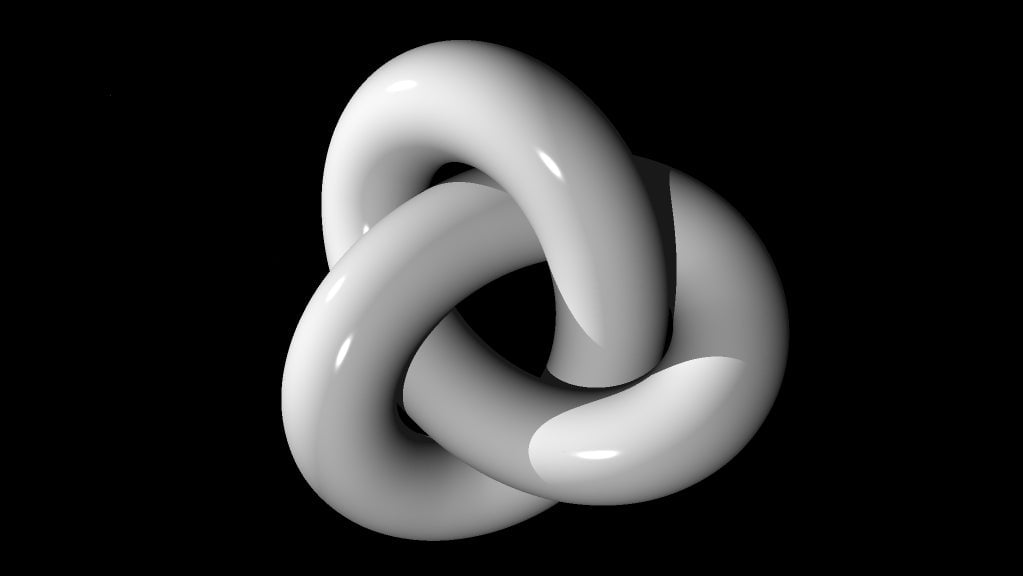Tachyons, hypothetical particles theorized to always travel faster than light, have long been a source of fascination and debate in physics. Their existence, while unproven, could offer solutions to certain problems in particle physics and field theories. New research published in Physical Review D suggests that tachyons might be more plausible than previously thought, potentially aligning with Einstein’s theory of special relativity.
What Are Tachyons?
Tachyons are purely hypothetical particles, meaning their existence is speculative. They are proposed to be superluminal, meaning their speed always exceeds that of light. While there’s no empirical evidence confirming their existence, similar to many other proposed particles in the universe, some physicists believe they might exist due to their potential to resolve certain theoretical inconsistencies.
Reconciling Tachyons with Special Relativity
Einstein’s theory of special relativity, formulated in 1905, describes the relationship between space and time. A cornerstone of this theory is that the speed of light represents an upper limit for any object with mass. This has raised questions about the feasibility of tachyons.
Addressing Previous Concerns about Tachyons
Previous concerns regarding tachyons’ existence have centered on several issues. One such issue, according to the University of Warsaw, relates to the instability of the tachyon field’s ground state. Other challenges include observer-dependent particle counts and the possibility of negative energy values for these particles. However, the recent research suggests these issues might be resolved by considering both the initial and final states of the system. This approach, according to the researchers, renders the tachyon theory mathematically consistent.
 A animation showing how a hypothetical particle moving faster than light, like a tachyon, will only be visible after itVisualization of a hypothetical faster-than-light particle’s visibility based on its trajectory. (Gif: Tx Alien / Wikimedia Commons)
A animation showing how a hypothetical particle moving faster than light, like a tachyon, will only be visible after itVisualization of a hypothetical faster-than-light particle’s visibility based on its trajectory. (Gif: Tx Alien / Wikimedia Commons)
Implications for Quantum Entanglement
The new research also introduces a novel concept of quantum entanglement that interweaves past and future, a phenomenon absent in conventional particle theory. The notion of the future influencing the present, rather than the present determining the future, isn’t entirely new in physics,” explains Andrzej Dragan, a physicist at the University of Warsaw and co-author of the paper. “However, until now, such perspectives were at best considered unorthodox interpretations of certain quantum phenomena. In this case, the theory itself leads us to this conclusion.”
The Speed of Light: An Absolute Limit?
While the established understanding is that nothing can surpass the speed of light (approximately 299,792,458 meters per second), the reality is more nuanced. For instance, quasiparticles formed by electron clouds can behave as if they exceed the speed of light, although they don’t actually violate this limit.
Exploring the Hypothetical
While highly speculative, the new research on tachyons, similar to the particles themselves, opens up intriguing avenues for exploration. The pursuit of understanding faster-than-light phenomena inevitably requires a degree of imagination. Perhaps other intelligent civilizations in the universe have already cracked the code of faster-than-light travel, with potential evidence detectable in the gravitational ripples generated by their advanced technology, as suggested by another recent study.
Conclusion
While the existence of tachyons remains firmly in the realm of hypothesis, this new research offers a fresh perspective on their potential compatibility with special relativity. Further investigation into these elusive particles could potentially revolutionize our understanding of physics and the universe.



